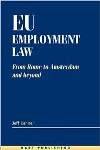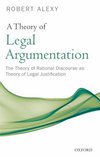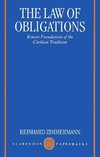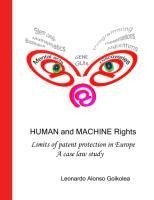
-
 Anglický jazyk
Anglický jazyk
Human and Machine Rights
Autor: Leonardo Alonso Goikolea
Patent protection under the European Patent Convention (EPC) is not available for all issues. The intuitive colloquial meaning of the terms "invention" and "technical" often differs from the legal interpretation given in case-law decisions.
Many of...
Viac o knihe
Na objednávku, dodanie 2-4 týždne
167.38 €
bežná cena: 190.20 €
O knihe
Patent protection under the European Patent Convention (EPC) is not available for all issues. The intuitive colloquial meaning of the terms "invention" and "technical" often differs from the legal interpretation given in case-law decisions.
Many of the current patent disputes among the players in the smartphone and portable-device market are based on issues relating to graphical user interfaces (GUIs), which allow the user to interact and interface with these devices.
Furthermore, practitioners often have concerns regarding the filing of trivial patent applications in this and related computer-implemented fields.
"Human and Machine Rights" seeks to place these issues in the light of the case law of the European Patent Office.
Assisted by a Socratic dialogue between two forgotten computers, Master and Flip-flop, part I of "Human and Machine Rights" leads the reader through a systematised reading of EPO case law, looking for the conceptual framework underlying the boundaries of the exclusions from patentability for technicality reasons (in particular those relating to GUIs and gestural systems).
The intention is to explicitly set out a praxis-oriented criterion, thus allowing practitioners to anticipate whether or not patent protection is available for a specific subject-matter, and to determine where the risks of trivial patent applications lie.
Leaving behind the traditional classification of decisions according to the areas of activity relating to the respective inventions, "Human and Machine Rights" develops a new conceptual categorisation of the issues under discussion in the decisions, departing from the problems solved or the aims achieved by the inventions. A Human-Machine-Interface (HMI) model is used for this purpose.
This categorisation automatically leads to a differentiation between the main trend of the decisions and the possible dissonant voices, thus contributing to increased harmonisation in the way inventions are dealt with.
An annex presents a list of over 130 categorised case-law decisions, quoting relevant passages, in an accessible presentation.
In Part II of the book, both computers attempt to extend the HMI model to a Mind-Matter model in order to analyse various technicality issues of relevance in the assessment of the exceptions to patentability under the European Patent Convention (EPC).
Part II also focuses on categorising the various conceptual topics involved, presenting the positions of both the public and experts (from the discovery and use of genetic information for diagnosis or screening and the patenting of new animals and plants through to the research on human embryo stem cells) from a perspective restricted exclusively to the technicality issues involved and in the light of the Mind-Matter model.
- Vydavateľstvo: Books on Demand
- Rok vydania: 2013
- Formát: Paperback
- Rozmer: 220 x 170 mm
- Jazyk: Anglický jazyk
- ISBN: 9783848274437
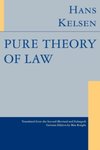


 Nemecký jazyk
Nemecký jazyk 
